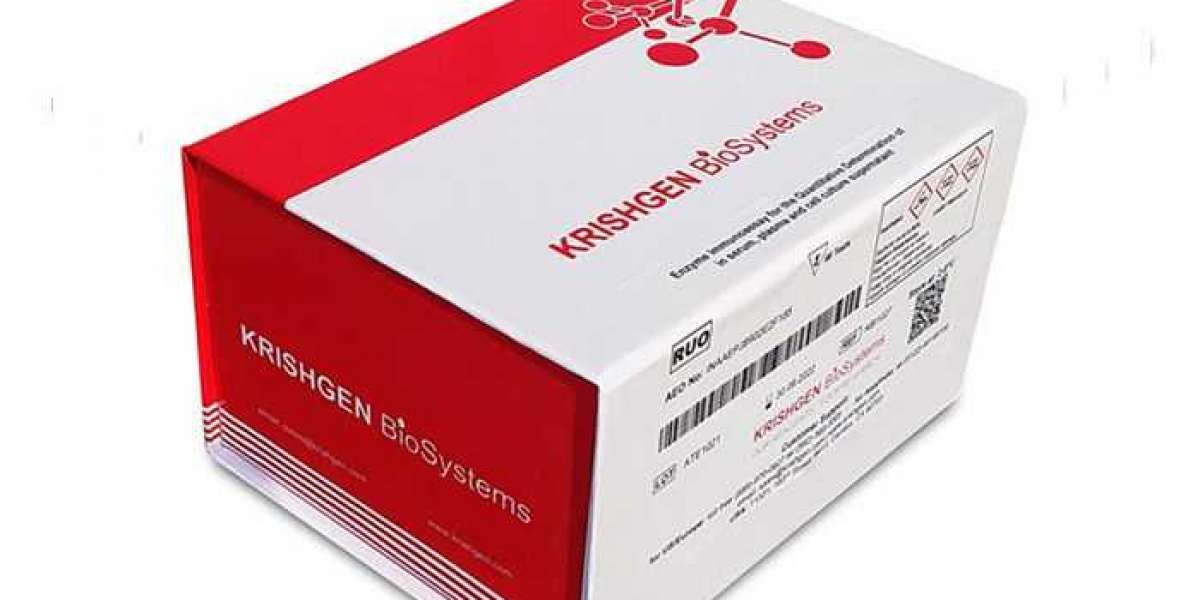Cytokines are pivotal biomolecules in biomedical research, playing crucial roles in the immune response and cellular communication. The Enzyme-Linked Immunosorbent Assay (ELISA) is a preferred method for detecting and quantifying cytokines due to its specificity, sensitivity, and versatility. However, with numerous cytokine ELISA kits available on the market, selecting the right one can be challenging. To ensure accurate and reliable results, it is essential to choose a kit that best suits your experimental needs. Here are the top five features to consider when selecting a cytokine ELISA kit.
Specificity
The specificity of a cytokine ELISA kit is paramount. A highly specific kit will have antibodies that accurately target the cytokine of interest, minimizing the likelihood of cross-reactivity with other proteins. This is particularly important in complex samples where multiple cytokines may be present. Ensure that the kit's antibodies are well characterized and validated for specificity against the target cytokine. Checking the cross-reactivity data provided by the manufacturer can give insights into how the kit performs in the presence of potentially interfering substances.
Sensitivity
Sensitivity is another critical feature of a cytokine ELISA kit. It determines the lowest amount of cytokine that can be reliably detected by the assay. A highly sensitive kit is essential for studies involving low cytokine concentrations, typical in early disease stages or in samples from specific tissues like cerebrospinal fluid. Sensitivity is often expressed as the limit of detection (LOD) in the kit’s specifications. Comparing LOD values across different kits can help you choose one that meets the sensitivity requirements of your study.
Range of Detection
The range of detection, or dynamic range, is the range of cytokine concentrations that the ELISA can accurately quantify. An ideal cytokine ELISA kit should cover a wide dynamic range, allowing the detection of both low and high concentrations of cytokines without the need for multiple dilutions. This feature is particularly important when the cytokine levels in samples are unknown or expected to vary significantly between samples. Ensure the kit's dynamic range aligns with the expected cytokine levels in your experimental setup.
Compatibility with Sample Types
Different cytokine ELISA kits may be optimized for different types of samples, such as serum, plasma, tissue lysates, or cell culture supernatants. It is crucial to choose a kit that is compatible with the sample type you plan to analyze. Incompatibility can lead to poor recovery and inaccurate quantification. Review the manufacturer's recommendations for sample types and consider any required sample preparation steps that might affect your workflow or sample availability.
Kit Components and Ease of Use
Finally, consider the practical aspects of the kit, including the availability of necessary components and ease of use. A comprehensive kit should contain all required reagents, controls, and buffers, ideally pre-measured and ready to use. This not only saves preparation time but also reduces the risk of errors during setup. Additionally, clear, straightforward protocols and strong technical support from the manufacturer can greatly enhance the user experience, especially for less experienced users or complex assays.
Conclusion
Choosing the right cytokine ELISA kit involves careful consideration of its specificity, sensitivity, range of detection, sample compatibility, and user-friendliness. By prioritizing these features, researchers can select a kit that offers reliable, accurate, and efficient cytokine measurement, leading to better data and more robust conclusions in their studies. Remember, investing time in selecting the right ELISA kit will pay dividends in the quality of your research outcomes.




